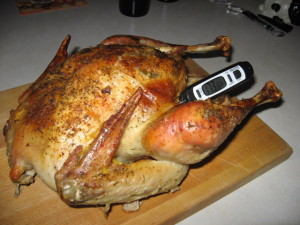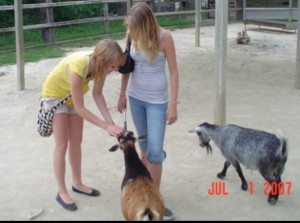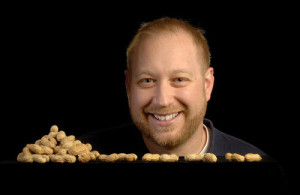Industry is responsible for producing safe food.
Farmers, processors, distributors, retailers, restaurants and consumers, these individuals are responsible for doing what they can to produce  microbiologically safe food.
microbiologically safe food.
It’s not the job of government, and they don’t really care.
Does any business owner really want to hold their brand hostage with government inspection, or should they go above and beyond to protect that brand they’ve worked hard to establish.
The hysterical level of stories about how furloughed U.S. government types have been brought back to work to monitor the outbreak of Salmonella Heidelberg that has sickened at least 280 linked to Foster Farms poultry, highlights the difference between prevention and monitoring: government is there to monitor to establish a minimal standard, like the Pinto, and it’s usually after the outbreak.
The U.S. Department of Agriculture has now threatened Foster Farms with shutting down the three plants involved in the outbreak by withholding inspection.
Foster Farms has announced no plans to recall any of its chicken products, nor did it recall any chickens in the previous outbreak, which sickened more than 100 people between January and July of this year.
There is no legal requirement for companies to issue recalls in cases involving whole – rather than ground – meat, but they could do it voluntarily.
“From a business standpoint, it sends a tremendously bad message to your customers,” Craig Hedberg, a food safety expert and professor of public health at the University of Minnesota, told NBC. “They obviously have this strain present in their chickens and they’re not adequately controlling it in their plants and it’s getting out to customers.”
Instead, Foster Farms, and a lot of government and industry apologists have repeated advice that consumers should clean thoroughly, avoid cross-contamination and cook the chicken beyond 165 degrees – a temperature that will kill any salmonella bacteria.
We’ve done studies where we observed these consumers preparing a chicken dinner. Cross-contamination is almost impossible to avoid.
But why not blame the consumer. It’s easier and more efficient.
Dr. Katrina Hedberg, Oregon’s state epidemiologist, is the lone public  health exception, and is correct when she says, consumers are not to blame.
health exception, and is correct when she says, consumers are not to blame.
“We’re not seeing an outbreak because people suddenly decided they like to eat their chicken rare,” Hedberg said. “If you’re suddenly seeing an uptick in cases, it’s probably because there’s more bacteria.”
A spokesman for Foster Farms declined to give food safety specifics when asked by Lynne Terry of The Oregonian, saying food safety practices are “proprietary.” When asked why the company did not act sooner, a spokesman said Foster Farms wanted to be sure the added safety practices were effective.
The USDA has known about this problem for a decade. Oregon scientists have been tracking a Salmonella Heidelberg strain first associated with Foster Farms in 2004. State authorities notified both the USDA and Foster Farms.
Those comments do not bolster consumer confidence.
If you’ve got a good food safety system, brag about it.
Because some companies are better.
 are not connected.
are not connected.








